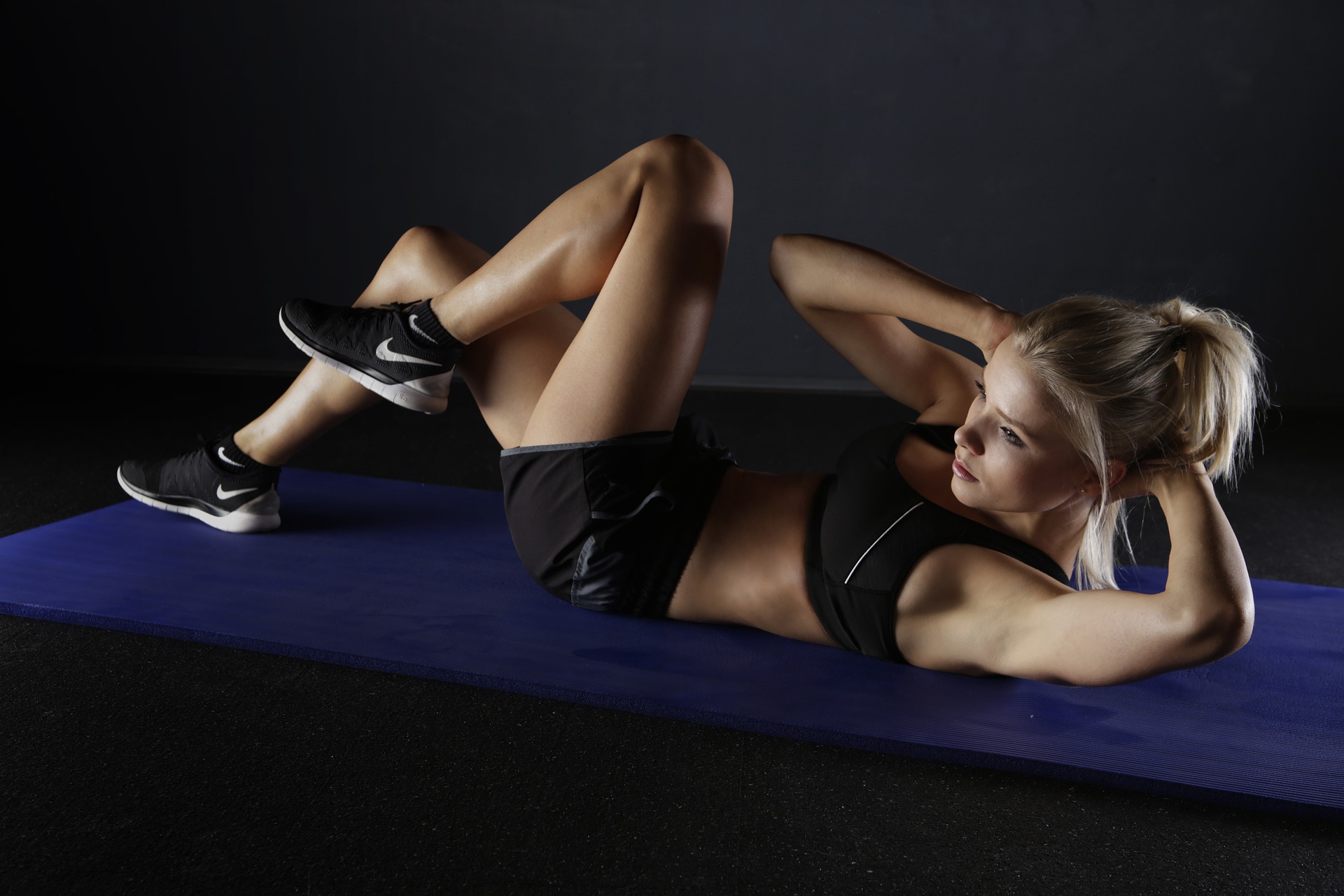
Are you looking to activate your core? We have some amazing core workouts for you. As always, if you have any questions, let us know. Have a great workout!
Before we dive into the workouts, what exactly makes up your core?
- Transverse abdominis: The deepest muscular layer that extends around your side body and spine.
- Rectus abdominis: The abdominals that run vertically along your midline, aka your “six-pack.”
- Internal and external obliques: The muscles that run along both sides of the abdomen to help flex and compress the torso.
- Erector spinae: The muscles that surround your spine to assist in stabilization.
- Multifidus: More spine, specifically located along either side of the vertebrae from the sacrum (pelvis) to the axis (head).
- Pelvic floor muscles: The ones that support your bladder, bowels and uterus.
- Diaphragm: Responsible for every breath you take.
In addition (we told you there were a lot), your glutes, latissimus dorsi or “lats” and trapezius or “traps” are also considered part of your core.
What are some of the key benefits to working out your core?
- Help prevent injury
- Help improve posture
- Help increase balance
- Help improve overall strength and stability
Now let’s get to the good stuff…The actual workout!
1. The Plank: works your transverse abdominis, rectus abdominis (aka the six-pack), internal and external obliques and scapular (shoulder) muscles.
-Begin in the plank position, face down with your forearms and toes on the floor. Your elbows are directly under your shoulders and your forearms are facing forward. Your head is relaxed and you should be looking at the floor.
–Engage your abdominal muscles, drawing your navel toward your spine. Keep your torso straight and rigid and your body in a straight line from your ears to your toes with no sagging or bending. This is the neutral spine position. Ensure your shoulders are down, not creeping up toward your ears. Your heels should be over the balls of your feet.
-Hold this position for 10 seconds. Release to floor.
-Over time work up to 30, 45, or 60 seconds.
*There are many variations and even different exercises you can do while in the plank position. Please contact a trainer for more information and guidance on how to do these exercises.
2. Bicycle crunch: Works your rectus abdominis (particularly the lower abdominals), hip flexors and internal and external obliques.
-Lie flat on the floor with your lower back pressed to the ground and knees bent. Your feet should be on the floor and your hands are behind your head.
-Contract your core muscles, drawing in your abdomen to stabilize your spine.
-With your hands gently holding your head, pull your shoulder blades back and slowly raise your knees to about a 90-degree angle, lifting your feet from the floor.
-Exhale and slowly, at first, go through a bicycle pedal motion, bringing one knee up towards your armpit while straightening the other leg, keeping both elevated higher than your hips.
-Rotate your torso so you can touch your elbow to the opposite knee as it comes up.
-Alternate to twist to the other side while drawing that knee towards your armpit and the other leg extended until your elbow touches the alternate knee.
-Aim for 12 to 20 repetitions and three sets.
3. Double Leg Lifts: Works your rectus abdominis (particularly the lower abdominals), hip flexors and internal and external obliques.
-Lay flat on the ground with your legs extended straight up toward the ceiling. Place your hands underneath the back of your head. For added stability, Austin recommends laying your arms out to your side, allowing the palms to grip the floor much like you would in a push-up position.
-Pressing your lower back into the ground, slowly lower both legs down toward the floor, then slowly raise them back up. If this is too difficult, lower them as much as you can, or lower one leg at a time.
-Complete 10 to 15 reps.
4. Russian Twists: Works your transverse abdominis, rectus abdominis, internal and external obliques, hip flexors, erector spinae muscles, scapular muscles and latissimus dorsi.
-Sit on the floor and bring your legs out straight.
-Lean back slightly so your torso and legs form a V-like shape, bracing your abdominal wall to engage your core.
-Balancing here and keeping your legs stationary, twist your torso from side to side. Remember to move slowly and breathe. Don’t disengage your core when fatigue sets in.
5. Heel Taps: Works your rectus abdominis and internal and external obliques.
-Lie on your back with the your heels near your glutes. Lift your shoulders off the floor and reach down to touch your right heel with your right hand, then your left heel with your other hand. That’s one rep.
Again, if you have any questions, please let us know.


